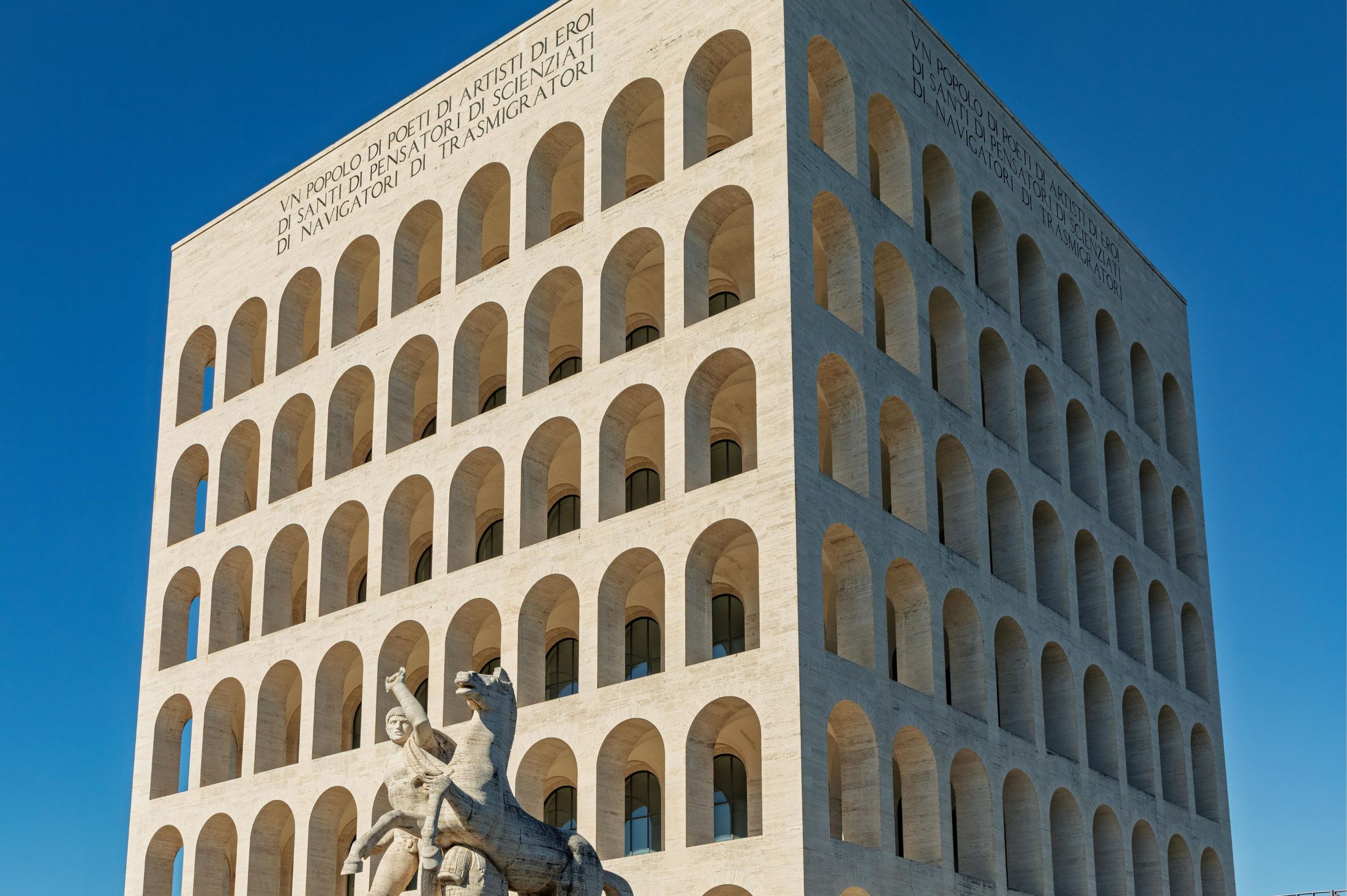Italy is a country where architecture tells stories older than time. From the ancient ruins of Rome to the clean lines of modern design in Milan, Italian architecture is a layered tapestry of culture, history, and innovation.
Walking through any Italian city feels like entering an open-air museum. Rome, the Eternal City, is perhaps the most iconic example. Here, classical architecture dominates the landscape. The Colosseum, the Pantheon, and the Roman Forum are symbols of function, order, and power. The use of concrete enabled the construction of larger and more complex structures, and architectural elements like the arch, dome, and vault became defining features. Public spaces, from forums to baths and amphitheaters, were thoughtfully designed to foster social life. This approach made Roman architecture truly revolutionary.
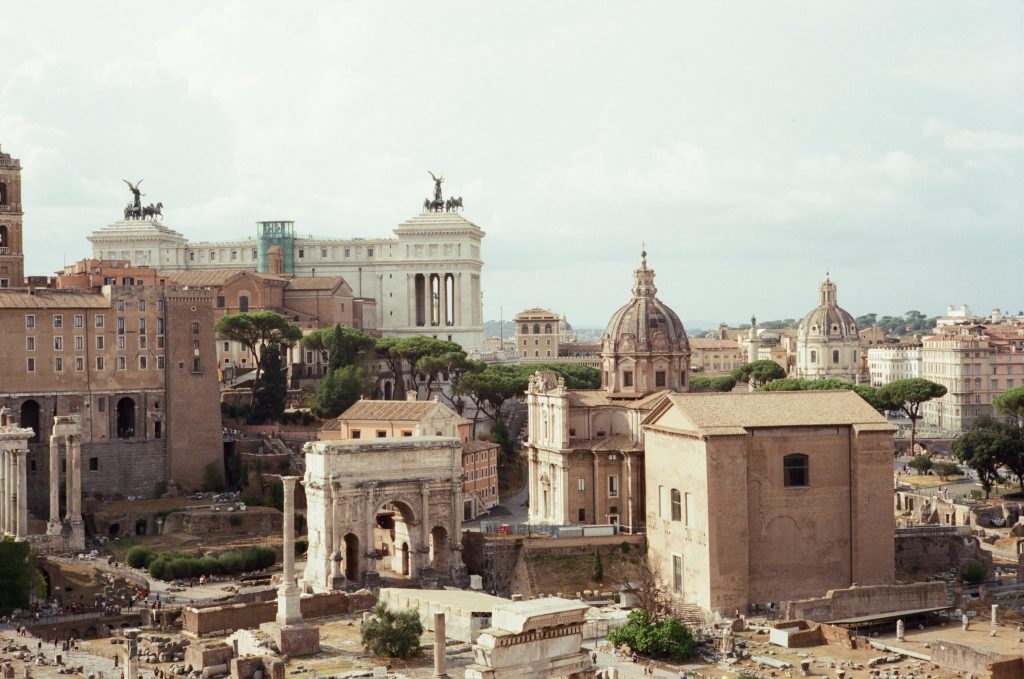
Roman Forum | © Alec D
But Italy’s architectural journey didn’t stop with the Romans. The Renaissance brought a new wave of creativity and humanism. Florence, the heart of the Renaissance, gave us masters like Brunelleschi, whose dome for the Florence Cathedral remains one of the most extraordinary architectural feats in history. Key figures like Brunelleschi, Leon Battista Alberti, and Michelangelo reintroduced symmetry and harmony rooted in human proportions. Drawing inspiration from classical antiquity, they revived domes, columns, and facades, establishing a sense of order and balance that would shape European architecture for centuries.
In Venice, the fusion of Gothic, Byzantine, and Islamic influences gave rise to a style that feels both delicate and grand, rooted in a unique relationship with water.
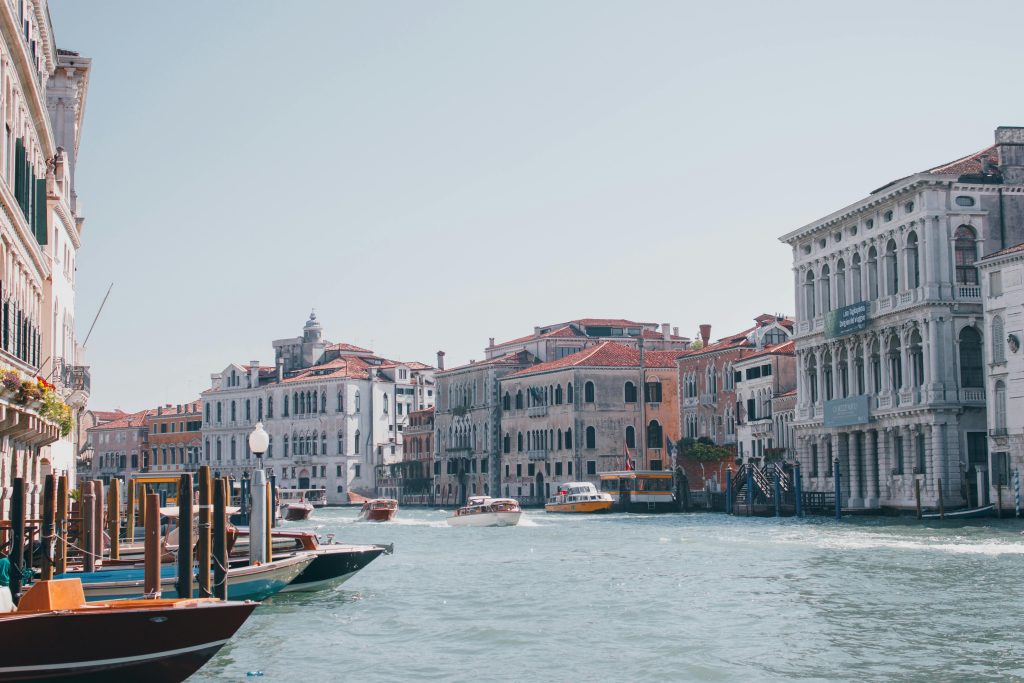
Venice, Italy | © Ozan Tabakoğlu
Perhaps his most famous principle, “Less is more,” summarizes Mies’ approach to design: stripping away the unnecessary to reveal the essential. His buildings are characterized by clean lines, open floor plans, and an absence of ornamentation. This philosophy encourages architects to prioritize spatial clarity and material integrity, resulting in modern and enduring structures.
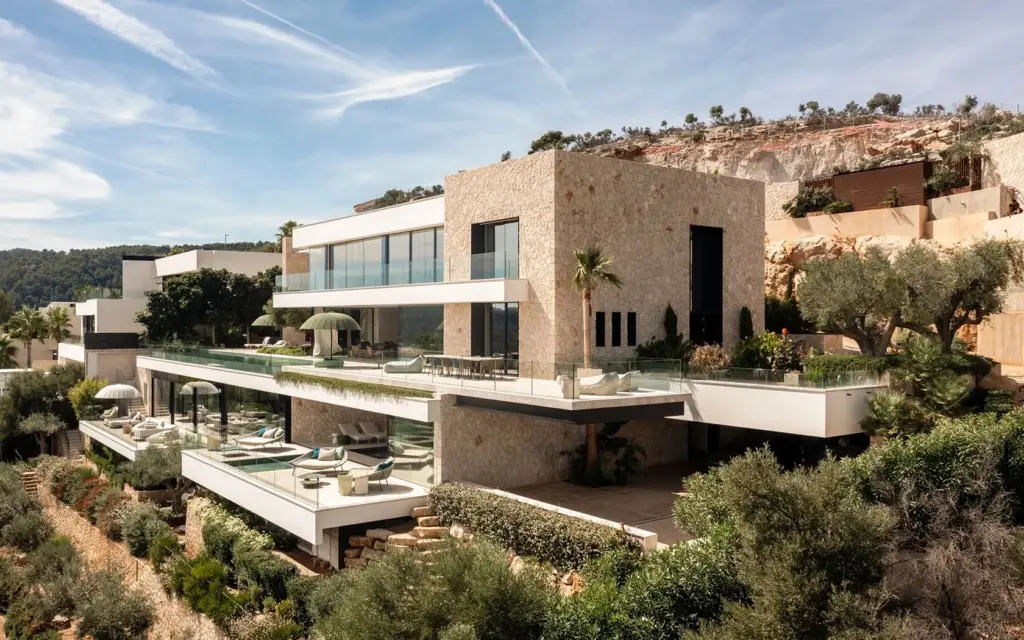
© Tomeu Canyellas
1. Heydar Aliyev Center – Zaha Hadid
1. Heydar Aliyev Center – Zaha Hadid
Baroque architecture followed, adding emotion, drama, and ornamentation to urban spaces. Churches and palaces were designed to impress, with swirling facades, grand staircases, and gilded interiors. Rome’s St. Peter’s Basilica is a prime example of this theatrical style taken to sublime heights. Architects such as Gian Lorenzo Bernini and Francesco Borromini used curves, dramatic light, and ornate details to evoke emotion and movement in stone.
In the 20th century, Italian modernism emerged. Rationalism introduced clean lines and functional forms, a response to the chaos of war and political change. Architects like Gio Ponti bridged tradition with innovation, embracing new materials while maintaining a strong connection to Italian identity.
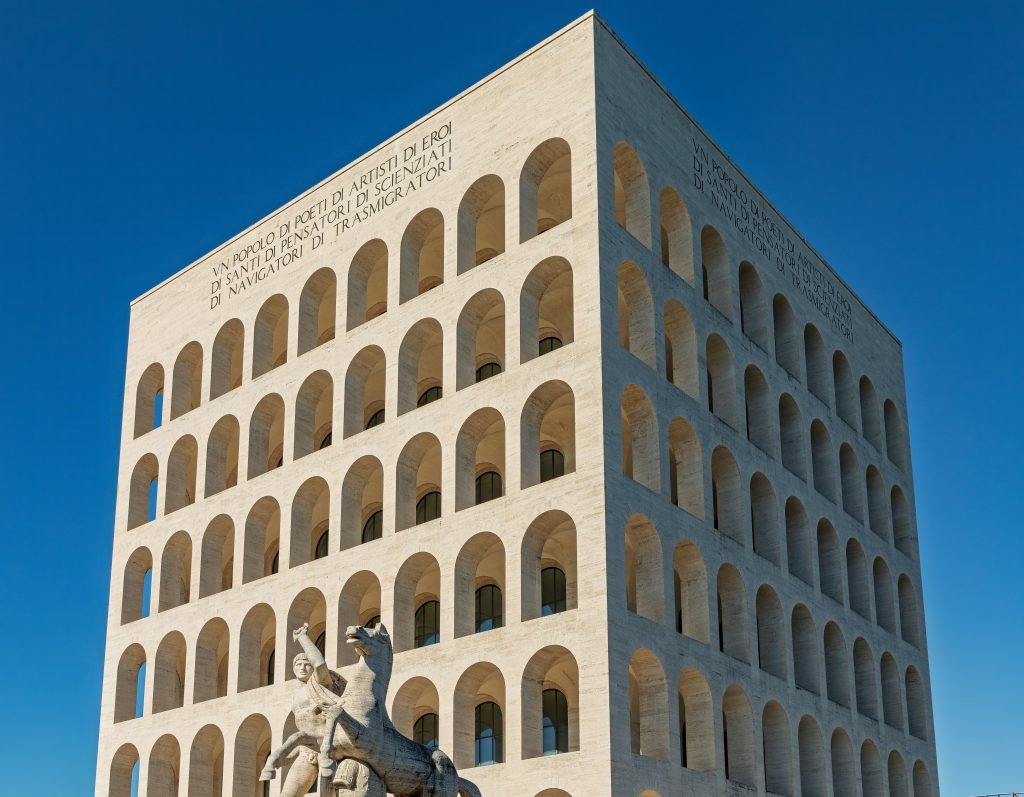
Palazzo Della Civiltà Italiana | Giovanni Guerrini, Ernesto La Padula e Mario Roman | © Edoardo Colombo
Each region of Italy has its own architectural identity. In the countryside, you’ll find centuries-old farmhouses made from local stone, designed to harmonize with the surrounding landscape. In cities like Milan and Turin, contemporary architects are reimagining urban living with bold lines, sustainable materials, and innovative technologies, without losing sight of Italy’s deep architectural heritage. Firms like Renzo Piano Building Workshop and Mario Cucinella Architects continue to export Italian design values worldwide.
Architecture in Italy tells a story of evolution. It’s about perfecting the craft, honoring the past, and welcoming the future. From ancient ruins to innovative designs, this country continues to set the standard for architectural excellence.
